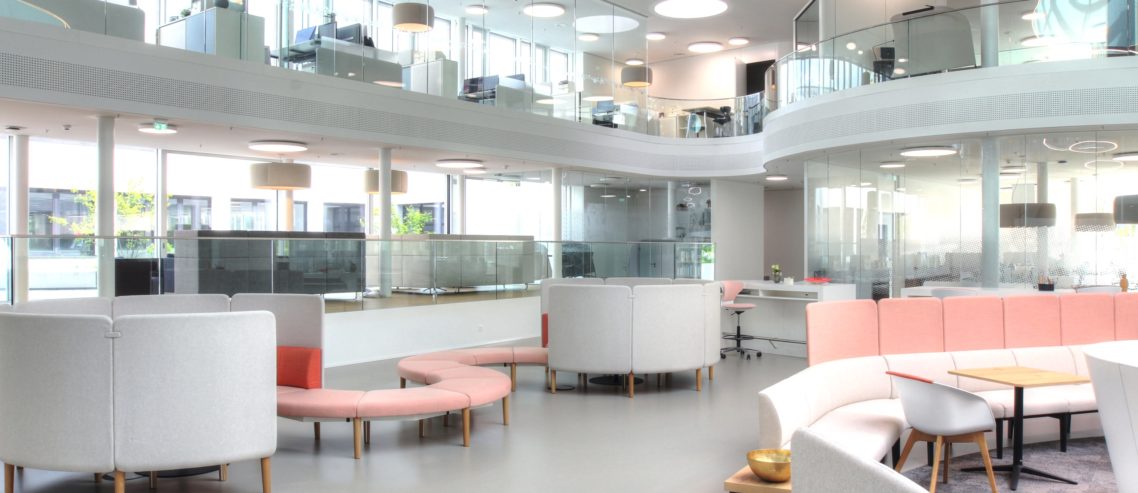Inclusivity should be woven into the culture and fabric of the office
You can tell an awful lot about an organisation just by looking at the workplace it inhabits. These days that means the technological and cultural space as much as the physical office. Traditional office design models and standards can disadvantage certain individuals and make the office all but unusable for others.
While designing for the idea of an “average person” might be relatively easy, by ignoring the variety of physical, mental, personality and neurological types organisations are not only missing out on a chance to do the right nothing, they are not harnessing the potential of everybody who works for them and opening themselves up to as wide a pool of talent as possible.
The aim should be to create adaptable, flexible offices that emphasise the wellbeing of everybody, offer people choices about where and how to work and embody inclusivity in a positive feedback loop that encourages everybody to see things from a range of perspectives and constantly strive to improve.
We need to reassess the wider purpose of the offices we create and the forms they take, and the current lockdown gives us the perfect opportunity to reinvigorate a debate that Sedus and other progressive firms have been leading for years.
As always, the challenges is firstly to look at how the firm’s culture, the people it employs, the technology they use and the spaces they inhabit interact. We are fortunate that we understand a great deal about these mechanisms and the models of office design and working culture that can serve different needs.
Everybody must buy into the purpose of the organisation, and the organisation itself must be clear what this is and aware of its own strengths and weaknesses. It must be self-aware about how it attracts and retains talent and how it is perceived.
Often there are crucial cultural factors that are embodied in the design of the space. Sometimes these can run counter to the need for an inclusive culture, especially when layouts reflect hierarchies and exclude certain people from making the right choices for their own needs.
This is why the agile working model of office design can help to foster inclusivity. By providing spaces for quiet work, socialising, collaboration and relaxation coupled with an accessible and wellbeing focussed working environment, people can find the ways of working that meet their diverse needs. The dynamic nature of activity based working also puts people into direct contact with business leaders and colleagues from other departments.
These complex lines of communication can unlock innovation and open up new opportunities, including matching people’s skills and experience with the goals of specific projects and the wider organisation. It’s not just the office that becomes accessible for everybody regardless of their age, gender, physical and psychological needs, but the whole organisation.
Looking after the wellbeing of the individual should be a core objective of any office design and this is not solely about the physical attributes of the space such as air quality, daylight, comfort and the ability to move and rest.
Office design can be a catalyst for a wide range of meaningful change because it has the power to transform offices into inclusive, equal spaces, promoting innovation and enhancing productivity. Inclusive office design empowers people and business leaders to come into direct contact more frequently and have relaxed conversations about positive change, wellbeing new ideas, collaboration and productivity. All of these are far more likely when inclusivity is woven in to the company’s culture and the fabric of the office itself.
The subject of inclusivity will be discussed in the next issue of Insights. The library of back issues offering ideas and guidance on a range of workplace issues can be found here.
